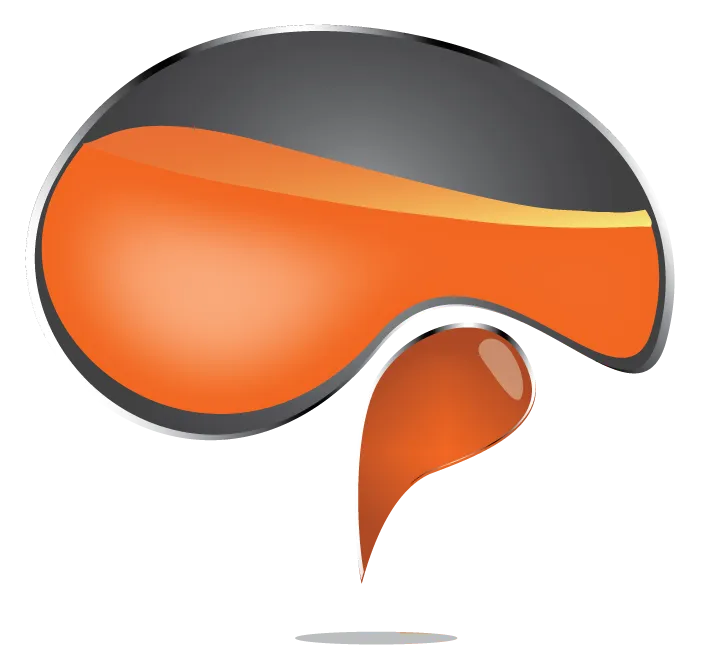- Arc Flash & Electrical Power Training by Jim Phillips
- 800.874.8883
- +1 480.275.7451

Out of stock
4 DVD training program taught by Jim Phillips, P.E. $199. Learn how to perform short circuit analysis / calculations and equipment adequacy evaluations. Understand the importance of X/R ratios, symmetrical vs. asymmetrical faults and how series ratings work. Many calculation examples are used to illustrate how to perform an analysis. The methods are based on the IEEE Violet book and is loaded with many in class examples and problems for a hands on learning experience.
Jim has developed this course based on over 30 years of extensive experience with industrial, commercial and utility power systems. Even instructors from other training companies have attended Jim’s classes to see how it’s done. You will learn how to conduct a short circuit study.
Earn 8 hours of continuing education credit by completing this course and successfully passing the accompanying test.
Short Circuit Study Requirements, NEC® 110.9 and 110.10, Interrupting and Withstand Ratings, Data Requirements, Available Utility Short Circuit Current, Conductor Impedance, Source Impedance, X/R Ratio, Per Phase Calculations, Thevenin Equivalent, Impedance
CONDUCTOR IMPEDANCE AND SHORT CIRCUIT CALCULATIONS
Determining the Source Impedance, Calculating the Conductor Impedance, Conductor Impedance Tables, Conductor Calculation Worksheets. In Class Problems – Short Circuit Calculations with Conductor Impedance
TRANSFORMER IMPEDANCE AND SHORT CIRCUIT CALCULATIONS
Transformer Testing and Percent Impedance, X/R Ratio, Using Percent Impedance for Short Circuit Calculations, Determining the Source Impedance in Percent, Infinite Bus Calculations, Transformer Calculation Worksheets. In Class Problems – Short Circuit Calculations with Transformer Impedance
MOTOR CONTRIBUTION
Theory of Motor Short Circuit Contribution, Sub-Transient Reactance, Xd”, Effect of Motor Contribution on Short Circuit Current, Multipliers for Motor Contribution. In Class Problems – Consideration of Motor Contribution
DEVICE INTERRUPTING RATINGS
Circuit Breaker and Fuse Interrupting Ratings, UL and ANSI Testing Methods, Symmetrical and Asymmetrical Short Circuit Current, Effect of X/R Ratio on Interrupting Ratings, Multiplying Factors when the X/R and Asymmetry are Too Large
SERIES RATINGS
Development of Series Ratings, Proper Application of Series Ratings, Dynamic Impedance, Fully Rated vs. Series Rated, Current Limitation, Let Thru Current, U.L. Tests
CASE PROBLEM
Short Circuit Study of Small Industrial System. Calculations Include Source, Conductor and Transformer Impedance, Motor Contribution and Protective Device Adequacy Evaluation.
Receive Answers to These Questions and More




| Cookie | Duration | Description |
|---|---|---|
| cookielawinfo-checbox-analytics | 11 months | This cookie is set by GDPR Cookie Consent plugin. The cookie is used to store the user consent for the cookies in the category "Analytics". |
| cookielawinfo-checbox-functional | 11 months | The cookie is set by GDPR cookie consent to record the user consent for the cookies in the category "Functional". |
| cookielawinfo-checbox-others | 11 months | This cookie is set by GDPR Cookie Consent plugin. The cookie is used to store the user consent for the cookies in the category "Other. |
| cookielawinfo-checkbox-necessary | 11 months | This cookie is set by GDPR Cookie Consent plugin. The cookies is used to store the user consent for the cookies in the category "Necessary". |
| cookielawinfo-checkbox-performance | 11 months | This cookie is set by GDPR Cookie Consent plugin. The cookie is used to store the user consent for the cookies in the category "Performance". |
| viewed_cookie_policy | 11 months | The cookie is set by the GDPR Cookie Consent plugin and is used to store whether or not user has consented to the use of cookies. It does not store any personal data. |
